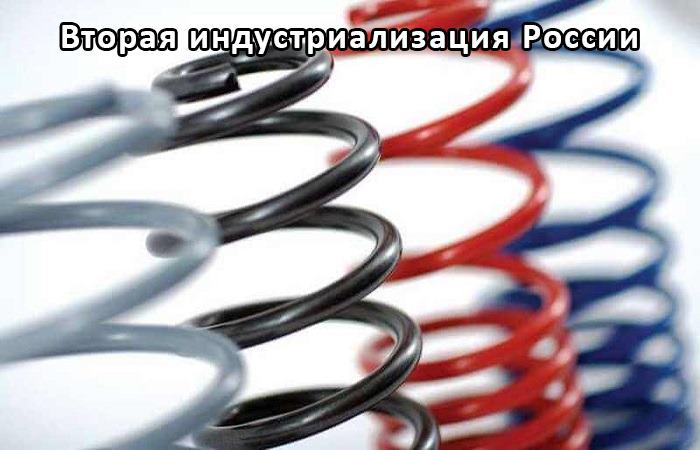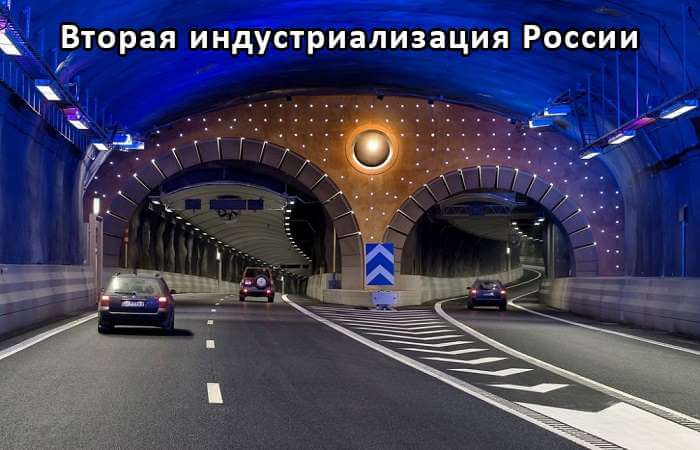Deep impregnation of wood, impregnation of wood

Deep impregnation of wood, impregnation of wood.
Deep impregnation of wood, impregnation of wood. It is the process of impregnating wood protective preservatives to ensure the tree such qualities as: durability (increasing the period of service of use of these materials), higher refractory properties, protection from harmful insects and pests, dirt, mold and mildew, protect from direct contact with water, etc.
The advantages of impregnated wood
Comparison of impregnated wood with other building materials
Description:
Deep impregnation of wood, impregnation of wood. This process of impregnation of wood with protective preservatives to ensure the tree such qualities as: durability (increasing the period of service usage data of materials), higher refractory properties, protection from harmful insects and pests, dirt, mold and mildew, protect from direct contact with water and so This process is called impregnation, which translated from Latin means “filling”.
This method – pressure treated wood is widely used for the impregnation of garden furniture, fence and deck boards, flooring, wooden products for streets, etc., which require a high degree of protection.
The process of impregnation, or “vacuum-pressure-vacuum” consists of several stages. In the first stage of the process, an initial vacuum removes air from the cells of the wood. The chamber is then filled with preservative. In the next stage, the hydrostatic pressure causes the protective coating to penetrate deep into the structure of wood. In the next stage, the vacuum removes residues of the protective composition from the surface of the wood. Low pressure inside the timber draws the protective composition from the surface.
In the end, protective components of the preservative fixed in the wood structure so that it becomes almost impossible to remove. Timber gets long-term protection.
Manufacturers of impregnated wood are used modern eco-friendly preservatives and fire retardants.
The advantages of impregnated wood:
– , impregnated, wood is an excellent building and finishing material. In contrast to the thermo and duodenum, impregnated, the wood can be used not only as decorative material but also as structural material. ThermoWood not be used as structural material because of the heat treatment process, it becomes very fragile and becomes very brittle. Products made of WPC, containing in its composition of polymers exposed to severe strain. Articles of WPC bend and change shape. , Impregnated, wood remains the same throughout life. It is not susceptible to deformation, as DPK, is not pricked as ThermoWood. Wood deep vacuum impregnation actively used in the construction of structures and facilities. For example, it is widely used in the frame construction, in road construction. Preserved, not rotting lumber used as rafters and the Arab League,
– , impregnated, (canned) wood does not rot,
– it may be in direct contact with the soil and water
– impregnated lumber does not require additional protective treatment during the entire lifespan,
European manufacturers impregnated (preserved wood) give a guarantee on their products up to 75 years. Real life of impregnated timber is much higher and can exceed 100 years
– unlike thermo-wood and articles of PDK, impregnated, wood has a high resistance,
– , impregnated, wood — eco-friendly material. Wood deep vacuum impregnation is not harmful for humans and Pets
– impregnowane wood saves money, time and labor effort compared to conventional lumber. Even ThermoWood requires treatment with oil or a special compound, to prevent cracking. Wood, impregnated, eliminates these worries and troubles.
Comparison of impregnated wood with other building materials:
| Features | , Impregnated, wood | ThermoWood | DPK | Concrete structures |
| Refractoriness | Fire-resistance | Low resistance, requires fire retardant treatment | Low resistance, burns with emissions | High fire resistance |
| The susceptibility to decay, decomposition | Rot | Rot | Rot | Rot |
| Deformability, constructionist, construction properties | Not deformed, not crack, in wide use in building structures | Increased causticity, the drying up. Used only for decorative purposes. Not used in structural purposes. | Scratched, deformed, quickly loses its original appearance. Not used in structural purposes. | High thermal conductivity compared to wood (not kept warm). A lot of weight. |
| Exposure to UV | No effect | Exposure to UV radiation, rastreskivanie | Exposure to UV radiation, fading | No effect |
| Sustainability | No smell, not sticky, no harm to people and animals | Has a smell | When heated can release harmful substances | Depends on the area of application |
| Additional protective treatment | Is not required throughout the entire service life | Requires additional processing in the process of operation | Requires additional processing in the process of operation | Requires additional processing in the process of operation |
| Lifetime | Guarantee up to 75 years | Guarantee 15 years | 10 years warranty | Depends on the composition and care |
| The cost of production | Low cost, 30-50 rubles. per m2 | High cost of production, 1500-3000 RUB. per m2 | High cost of production, 800 RUB. per m2 | The average cost |
| The price in the market | 600-700 rubles. per m2 | From 3000-6000 RUB per m2 | From 1500-2000 rubles. per m2 | 3000-4000 rubles. per m2 |



